In the fourth installment of Elon Musk’s “Twitter Files,” journalist Michael Shellenberger lays out the social media company’s decision to ban Donald Trump on January 8, 2022.
Then-CEO Jack Dorsey, as Shellenberger explains, was under an immense amount of pressure to ban Trump, and it was coming from all sides.
But after the events of Jan 6, the internal and external pressure on Twitter CEO @jack grows.
Former First Lady @michelleobama , tech journalist @karaswisher , @ADL , high-tech VC @ChrisSacca , and many others, publicly call on Twitter to permanently ban Trump. pic.twitter.com/RzNj7WJReg
— Michael Shellenberger (@ShellenbergerMD) December 10, 2022
Dorsey was intent on staying the course, but he had a problem – he had a vacation coming up.
As such, he handed over the reins to Yoel Roth, Twitter’s Global Head of Trust and Safety, and , Vijaya Gadde, Head of Legal, Policy, & Trust. Dorsey had made it clear, however, that he wanted the company to remain “consistent in its policies,” and did not want any extreme action taken.
Roth went on to assure Twitter’s progressive workforce that he understood how they felt – he was essentially undermining Dorsey.
On January 7, @Jack emails employees saying Twitter needs to remain consistent in its policies, including the right of users to return to Twitter after a temporary suspension
After, Roth reassures an employee that "people who care about this… aren't happy with where we are" pic.twitter.com/IfDpEVnOtR
— Michael Shellenberger (@ShellenbergerMD) December 10, 2022
However, a little while later, Roth lets the team know that Dorsey has approved a way to start counting strikes against Trump’s account, using a “repeat offender for civic integrity” system. Trump’s account had five chances, it seems, to not run afoul of rules that the account was apparently never told it was running afoul of.
Around 11:30 am PT, Roth DMs his colleagues with news that he is excited to share.
“GUESS WHAT,” he writes. “Jack just approved repeat offender for civic integrity.”
The new approach would create a system where five violations ("strikes") would result in permanent suspension. pic.twitter.com/F1KYqd1Xea
— Michael Shellenberger (@ShellenbergerMD) December 11, 2022
However, the team was continuing to look for a reason to ban him more quickly, as evidenced by the response to Roth’s statement.
The colleague wants to know if the decision means Trump can finally be banned. The person asks, "does the incitement to violence aspect change that calculus?”
Roth says it doesn't. "Trump continues to just have his one strike" (remaining). pic.twitter.com/Qyi1sJNa0w
— Michael Shellenberger (@ShellenbergerMD) December 11, 2022
The “incitement to violence” question seems to be what Twitter ultimately ended up going with – as Shellenberger points out, that was the decision Twitter made on January 8, when the company permanently banned Trump’s account.
Roth's colleague's query about "incitement to violence" heavily foreshadows what will happen the following day.
On January 8, Twitter announces a permanent ban on Trump due to the "risk of further incitement of violence." pic.twitter.com/psLb5HDGQP
— Michael Shellenberger (@ShellenbergerMD) December 11, 2022
Now, as Shellenberger continues on, Twitter’s decision flies in the face of Twitter’s previous decision-making process.
Their January 8 decision was based on “specifically how [Trump’s tweets] are being received & interpreted,” he notes. “But in 2019, Twitter said it did ‘not attempt to determine all potential interpretations of the content or its intent.’” He links to the site’s own blog post on world leaders to back him up on that.
So there’s a clear inconsistency there, and that is a seriously big issue because it’s further proof that Twitter was using whatever excuse they could find to shut Trump down. Keep in mind, Trump had tweeted out on his account the day of the January 6 riot for rioters to go home, and had explicitly called for them not to be violent. That does not appear to be the incitement to violence that the progressive activists running Twitter were claiming Trump was guilty of.
It appears there was only one person active in Twitter’s Slack who expressed concern over this. It came from a “junior person in the organization” and was “tucked away in a lower-level Slack channel known as ‘site-integrity-auto.'”
"This might be an unpopular opinion but one off ad hoc decisions like this that don’t appear rooted in policy are imho a slippery slope… This now appears to be a fiat by an online platform CEO with a global presence that can gatekeep speech for the entire world…" pic.twitter.com/4pedmgY8pa
— Michael Shellenberger (@ShellenbergerMD) December 11, 2022
It’s also noted in the thread that “one-off” was a frequent term – there were several “one-off” decisions made by employees at the company as people made decisions on a whim on multiple occasions.
Roth, for example, continued to make sure that words and phrases which could be tied to Trump’s election rhetoric – like “#stopthesteal” and “kraken” – be de-amplified. Though, apparently, he got some pushback on that, too.
Roth immediately DMs a colleague to ask that they add "stopthesteal" & [QAnon conspiracy term] "kraken" to a blacklist of terms to be deamplified.
Roth's colleague objects that blacklisting "stopthesteal" risks "deamplifying counterspeech" that validates the election. pic.twitter.com/G02gGeicUW
— Michael Shellenberger (@ShellenbergerMD) December 11, 2022
It seems more and more clear that Roth was acting as the tyrant in charge of Twitter while Dorsey was away, and the lack of a clear, coherent policy made it possible for him and the other progressive activists at Twitter to act however they wished. This, of course, resulted in a number of arbitrary decisions.
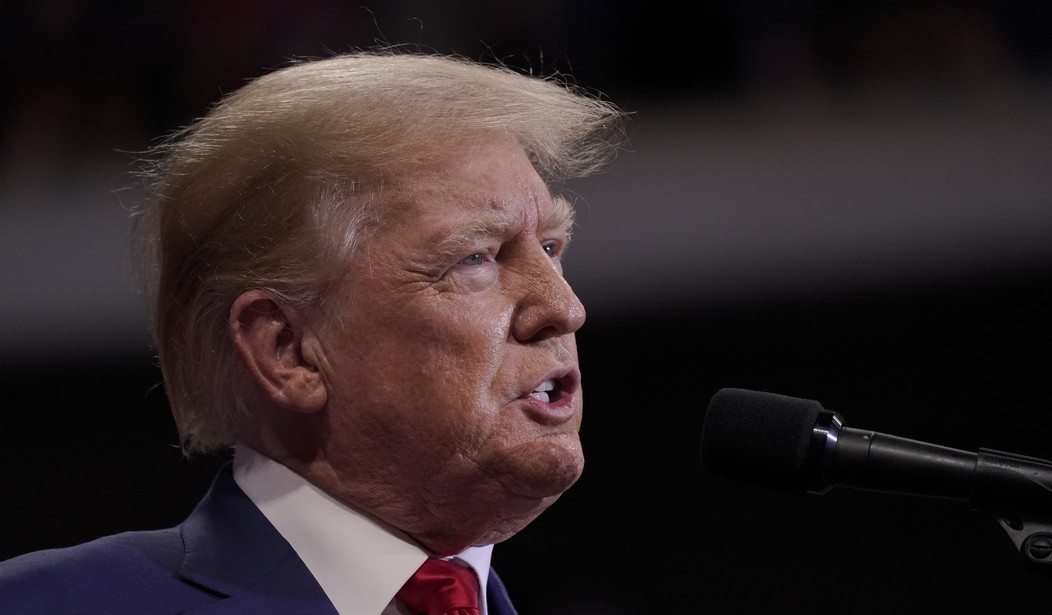





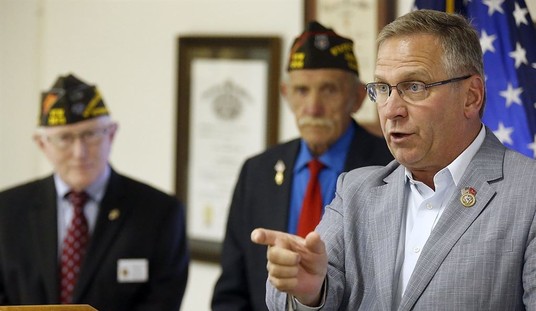

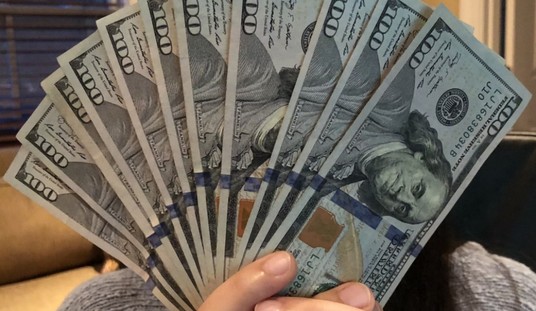


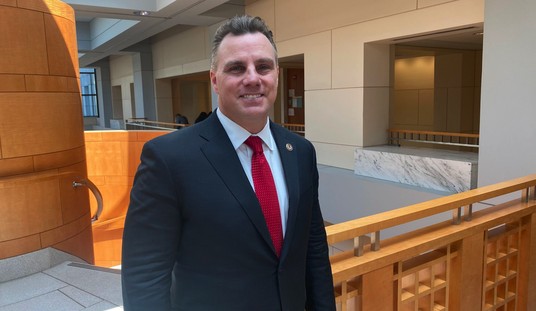
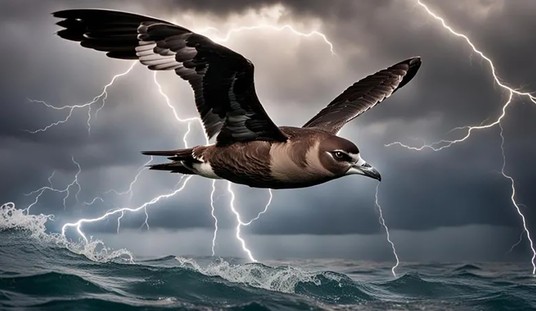
Join the conversation as a VIP Member